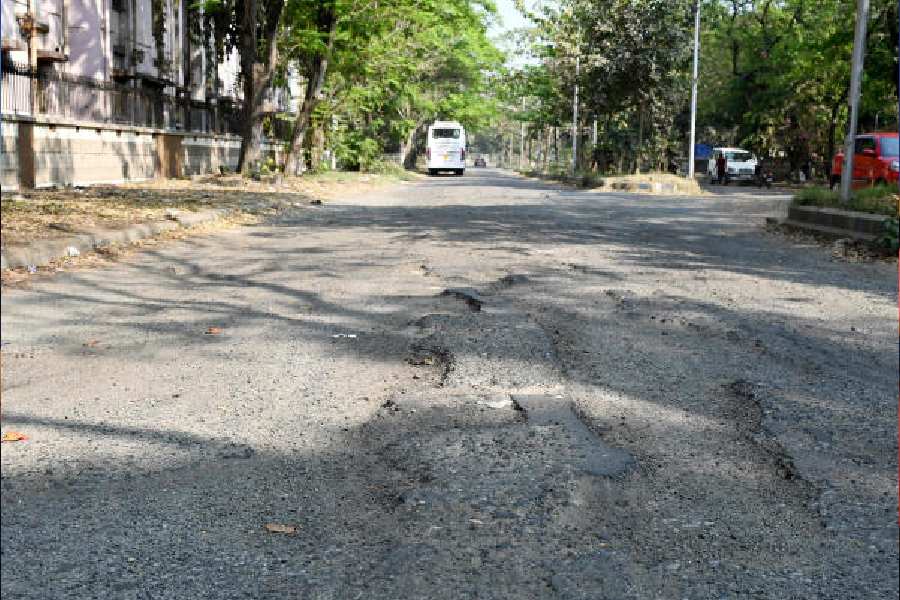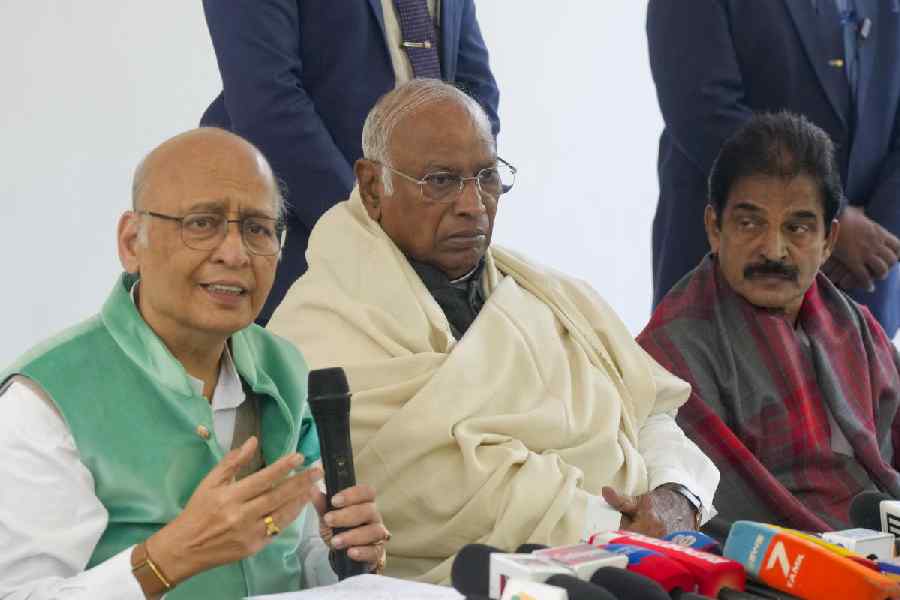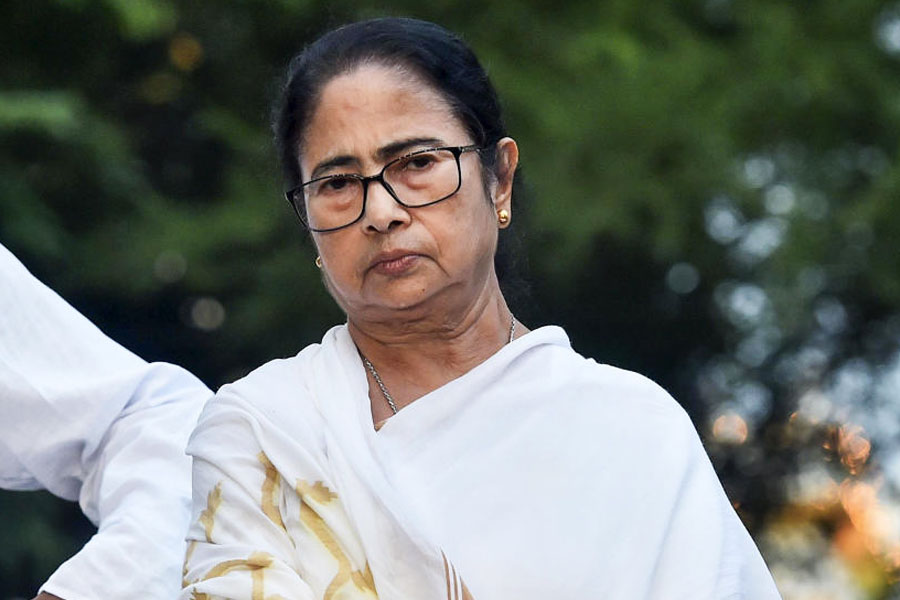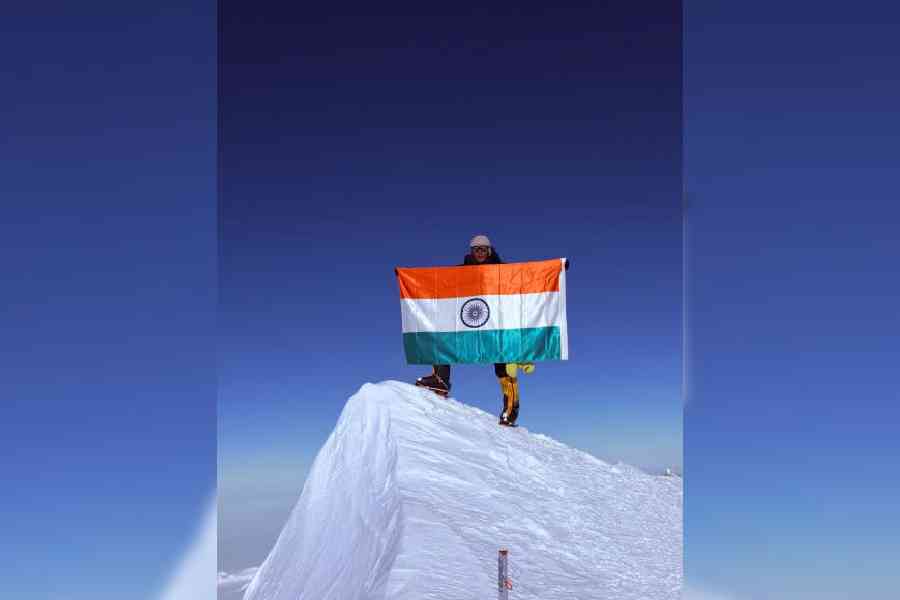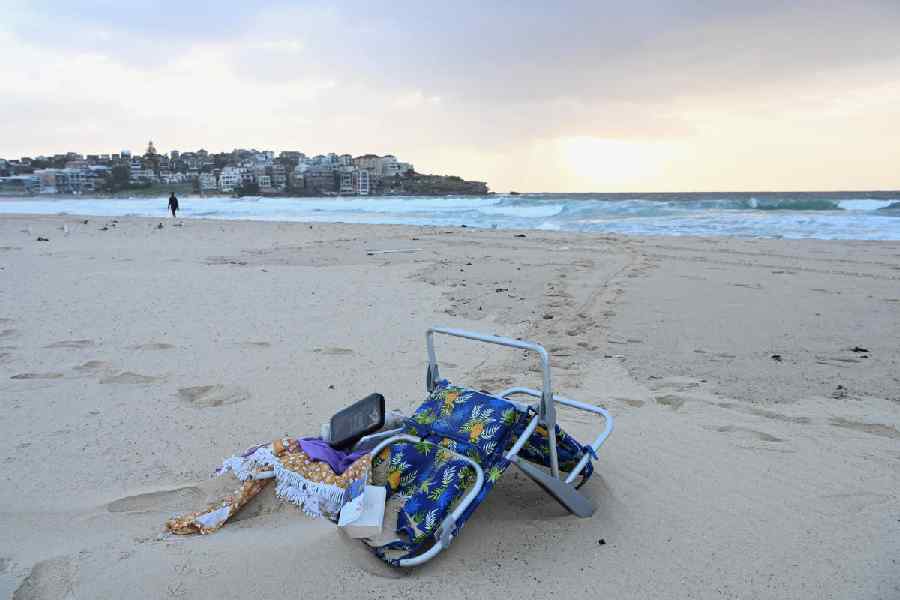Scorching heat, heavy rainfall and, paradoxically, even good roads may increase the risk of fatal two-wheeler crashes on stretches of Indian roads, researchers have cautioned after analysing more than 954,000 crashes and the associated weather.
Their analysis, based on two-wheeler accidents in Uttar Pradesh, has revealed distinct and yet nuanced weather-and-crash patterns that they say might hold lessons for other states and underline the need for changing speed limits depending on the weather.
Gautam Buddh Nagar in the National Capital Region is the district with the highest vulnerability to fatal crashes during heavy rain, with their counts rising by 55 per cent during the monsoon over the summer months, the researchers have found.
Crash rates involving women riding two-wheelers increased sharply during heavy rainfall compared with he summer months — by nearly 80 per cent in Gautam Buddh Nagar and 40 per cent in Meerut — prompting the researchers to flag these districts as “critical zones” for women riders.
“While adverse weather raises the risk of crashes, the impacts are not the same everywhere,” Durga Toshniwal, professor of computer science and engineering at IIT Roorkee, who supervised the study, told The Telegraph.
Across Uttar Pradesh, fatal crashes generally declined
during heavy rain except in
four districts — Amroha, Baghpat, Gautam Buddh Nagar and Mahamaya Nagar — where they showed an increase.
Districts such as Balrampur, Gorakhpur and Hardoi witnessed a reduction of 40 per cent or more in fatal crashes during heavy rain.
The researchers have suggested that in rural districts with poor roads, drivers may be more cautious during poor weather, leading to fewer crashes.
Toshniwal and her colleagues analysed 954,941 two-wheeler crashes alongside weather data spanning six years from all the 75 districts of Uttar Pradesh. The state, which has the highest number of two-wheelers, accounts for 11 per cent of two-wheeler crash fatalities nationwide.
The analysis has revealed two peak periods for fatal two-wheeler crashes: the morning rush hour (9-11am) and the evening rush hour(5-8pm).
May and June saw the highest fatal crash rates — nearly three per hour — aligning with previous research linking extreme heat to driver fatigue, lane drifting and technical errors.
The winter months, in contrast, had lower crash rates, dropping to 1.6 per hour in January.
“We wanted to understand how weather influences crashes at a time when road infrastructure has improved,” said Tripti Garg, a research scholar at IIT Roorkee and first author of the study, published in Scientific Reports.
Even improved road infrastructure may contribute to higher crash rates. “Well-paved, wide roads may encourage excessive speeds, even in adverse weather,” Garg told this newspaper.
In urban areas, fatal crashes increased on winter nights despite the better infrastructure. For instance, Gautam Buddh Nagar saw a 42 per cent rise in fatal winter crashes compared with the summer, while districts like Lalitpur and Sant Ravidas Nagar recorded declines.
Researchers recommend adopting dynamic speed limits that adjust to weather challenges such as fog, rain and slippery roads.
“Some expressways already lower the speed limits during dense fog,” said Toshniwal. “This policy should be expanded to other weather conditions.”

